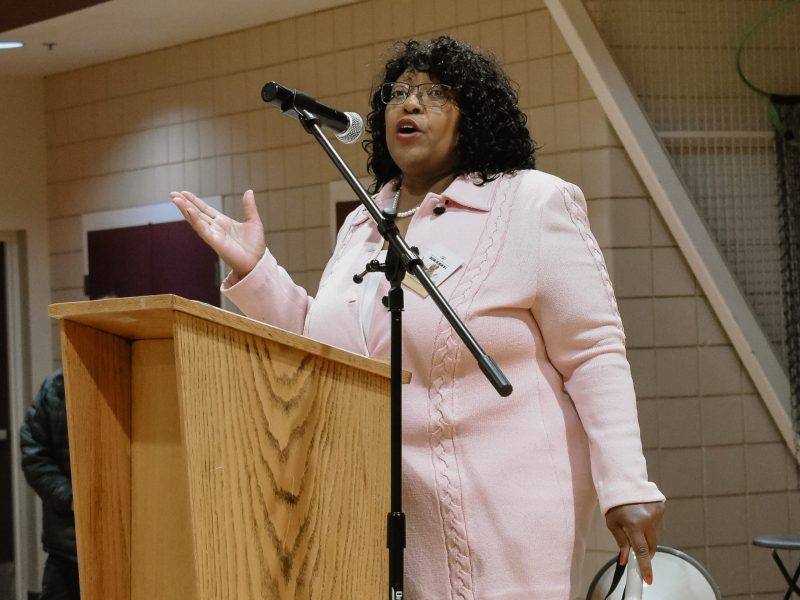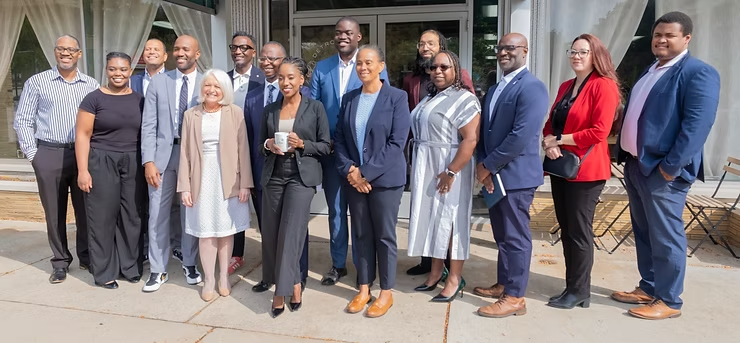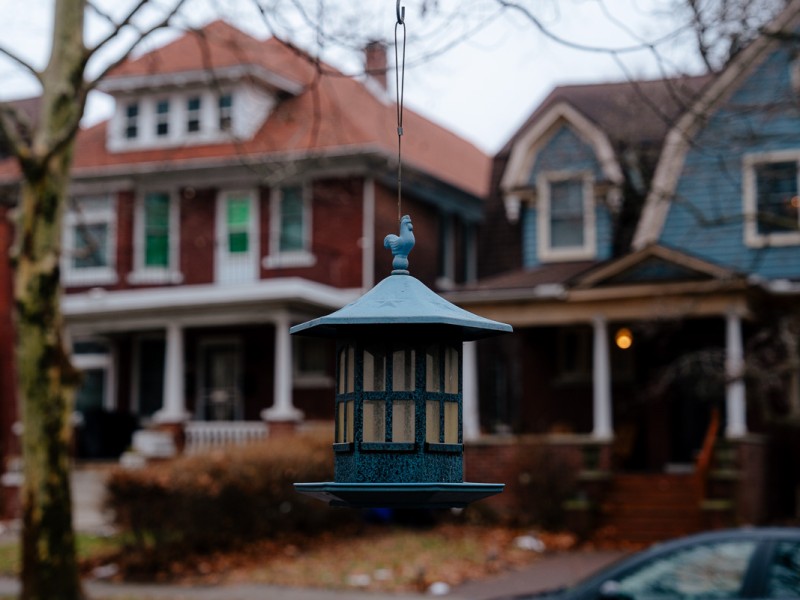Q&A: How the city is incorporating resident voice into its Jefferson Chalmers neighborhood plan
Final recommendations for the Jefferson Chalmers Neighborhood Framework Plan will be released later this month. To learn more about planning process, we spoke with Allen Penniman, urban planner with the city of Detroit.
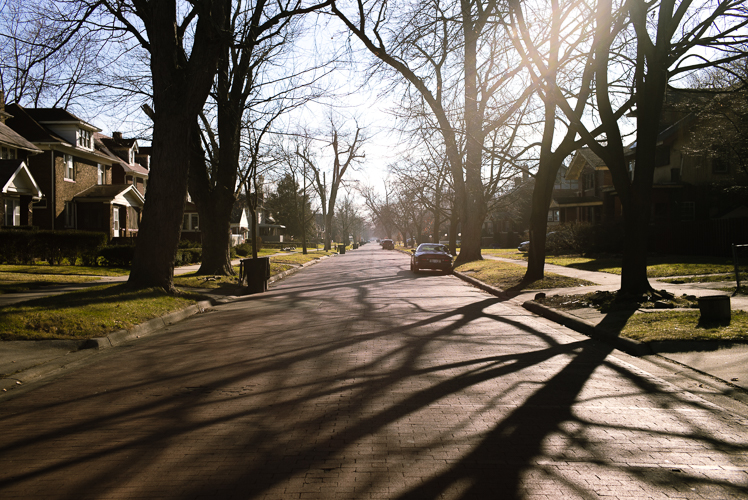
One consistent request from residents of Detroit neighborhoods is that they want all the development taking place to spread beyond downtown. And more importantly, they want it to be development that works for them, the city’s longtime residents.
The city of Detroit’s Planning and Development Department has been in the process of developing plans in over 10 neighborhoods throughout the city.
Final recommendations for the Jefferson Chalmers Neighborhood Framework Plan will be released later this month, with implementation soon to follow. With the recent announcement of the $5.4 million redevelopment of two local apartment buildings, which had previously sat empty for 30 years, residents are eager to hear how this and other changes will fit into a holistic plan.
To learn more about the neighborhood’s plan and process, how they gathered resident input, and what the resident response has been, we spoke with Allen Penniman, urban planner with the city of Detroit Planning and Development Department.
Model D: What is the Jefferson Chalmers Neighborhood Framework Plan? Who is it for and how did you create it?
Allen Penniman: It’s one of the 10 neighborhood plans taking place across the city. We’ve (the City Planning and Development Department) been meeting with residents for the past year to form strategies for neighborhood development. For example, one area we’ve looked at in Jefferson Chalmers is how to make strategic investments in the canals and waterfront areas in that community.
The whole idea is to co-create ideas with the community. We’re approaching our fourth big meeting. Until now, we’ve been doing a whole lot of listening. Going around to block clubs, asking questions of youth, talking with seniors, to understand where are the priorities and where should we put our resources.
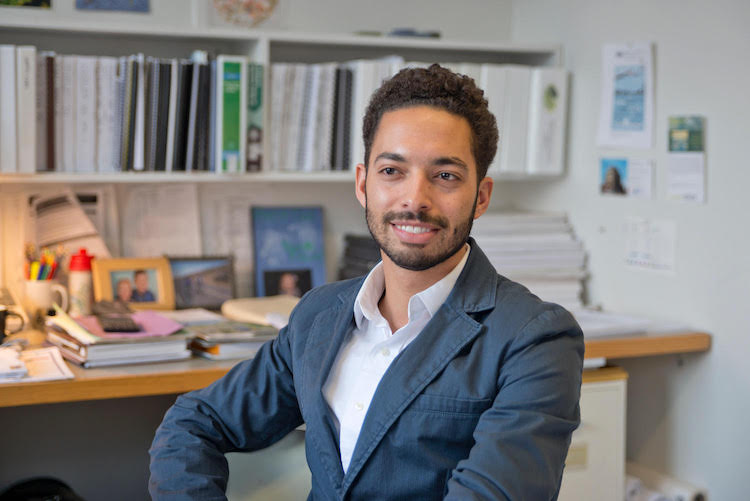
We’ve been hearing things like the parks — they are treasured assets, there is a desire to ensure that the parks in that area serve the local community. There is a little fear that the word might get out how wonderful these parks are. So, we are trying to manage those desires, as well as the limited resources that we have. At each meeting, we’ve been able to present ideas and folks have been voting on them.
What has been the response from the neighborhood?
We’ve had a very robust response. Getting beyond these three to four town hall meetings, which aren’t for everybody, we’ve really been trying to get out in the streets and meet people where they are.
We have over 500 responses to our questionnaire. We did a few walking tours with youth to ask them how they see the neighborhood and what they would want to see. We’ve even had meetings in folks’ living rooms where they host us and invite a few neighbors over.
So, it’s been great to meet with people who are old or young, people who live or work in the neighborhood. We’ve been able to get a diverse cross-section of opinions to make sure that we are hearing everybody.
We’ve had a lot of consensus around wanting to bring Jefferson back, around wanting to see a robust retail environment where you can shop for food, maybe get a prescription filled. So we are marshalling our resources to make that happen.
Have you experienced any push back?
Yeah, there’s always going to be pushback in any process like this. We welcome that.
One thing that’s really helped us is that we have a steering committee comprised of residents in Jefferson Chalmers called the Residents-in-Action Committee. It’s about 25 or so residents who are leaders in the community. They have really helped guide us and keep us on track. Some of our initial recommendations were on point; there were other ideas that were less popular.
You’re coming up on your last big town hall meeting, what can people expect to hear there?
There will be a reception at 5 p.m. Then, we will walk through the final recommendations and how we got to them. This is looking at all of the feedback that we got that was refined, and then refined down again.
As you transition from the planning stage of the framework plan, to the implementation stage, what can people expect?
I hope that people will get even more excited. These projects will become real. Something that you might have suggested on a survey or at a meeting, will soon become something that you can physically see in your neighborhood. Whether that’s a new shop, or fixing up a street.
In the implementation phase, we will be zeroing in on a few projects. We will continue to have community engagement throughout. These projects take between one and five years, depending on the project. At every stage, there will be touchpoints to make sure we stay aligned with community engagement.
The fourth Jefferson Chalmers Neighborhood Framework plan meeting is Thursday, Jan. 31 at the Salvation Army at 3000 Conner Ave. Stay connected with goals and progress of the framework here.
This article is part of our “On the Ground” series, where a journalist reports from a dedicated neighborhood for weekly coverage. Support for this series is provided by the Kresge Foundation.

